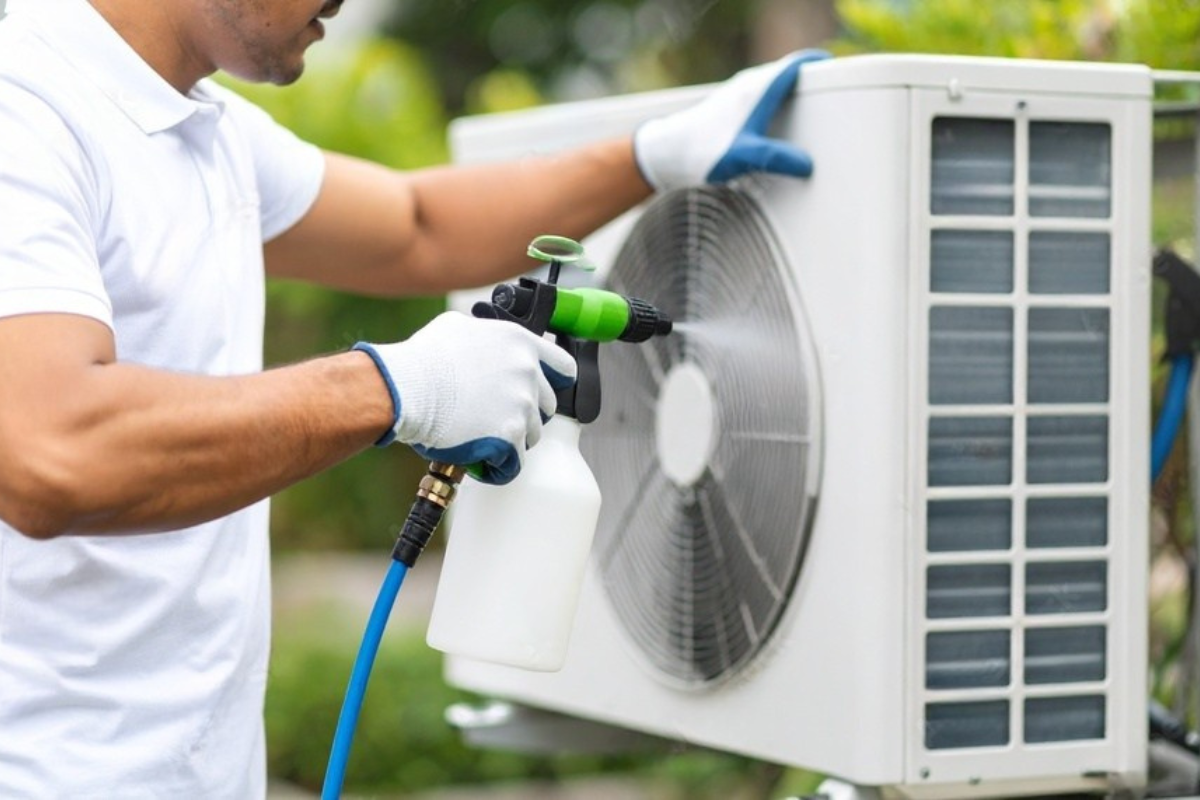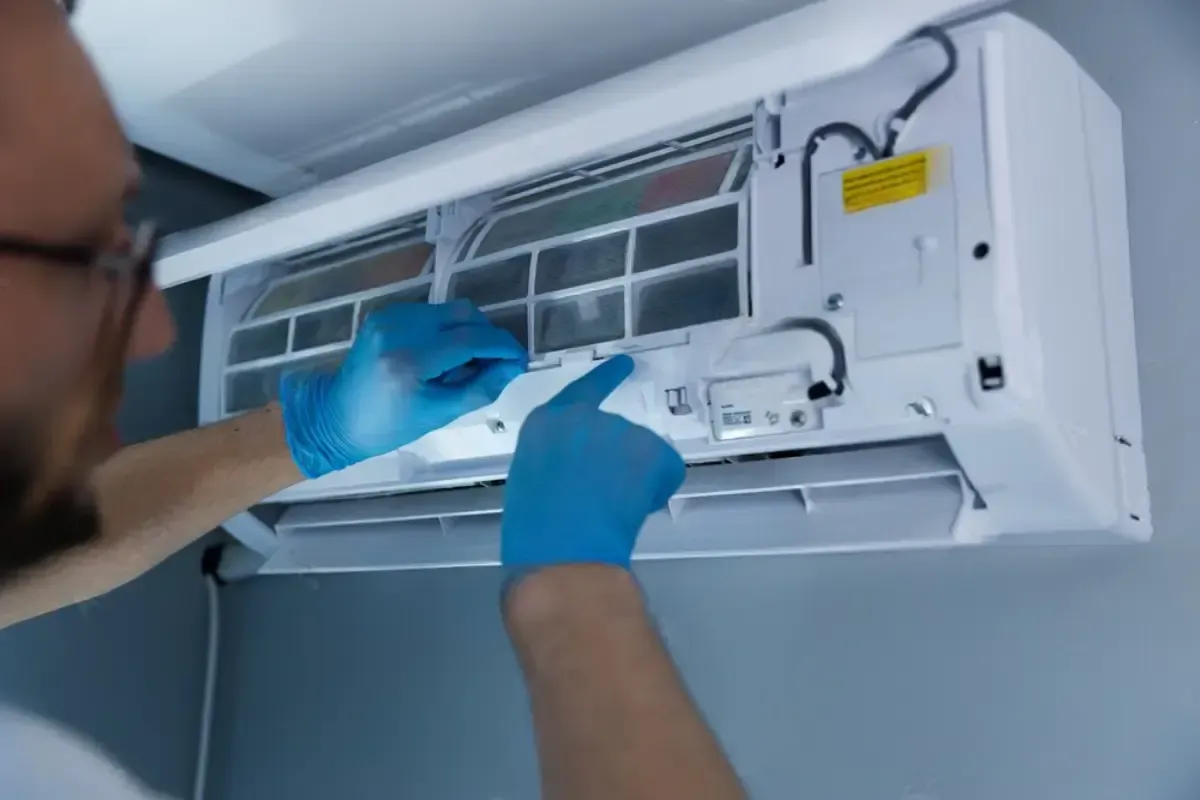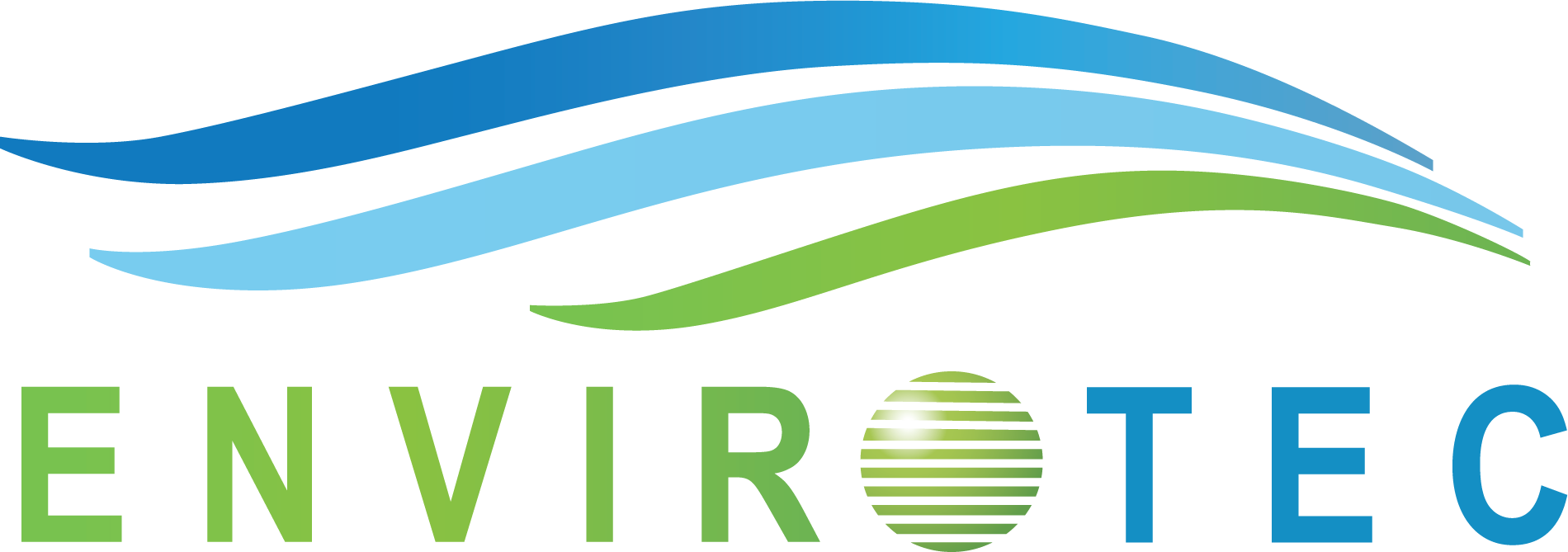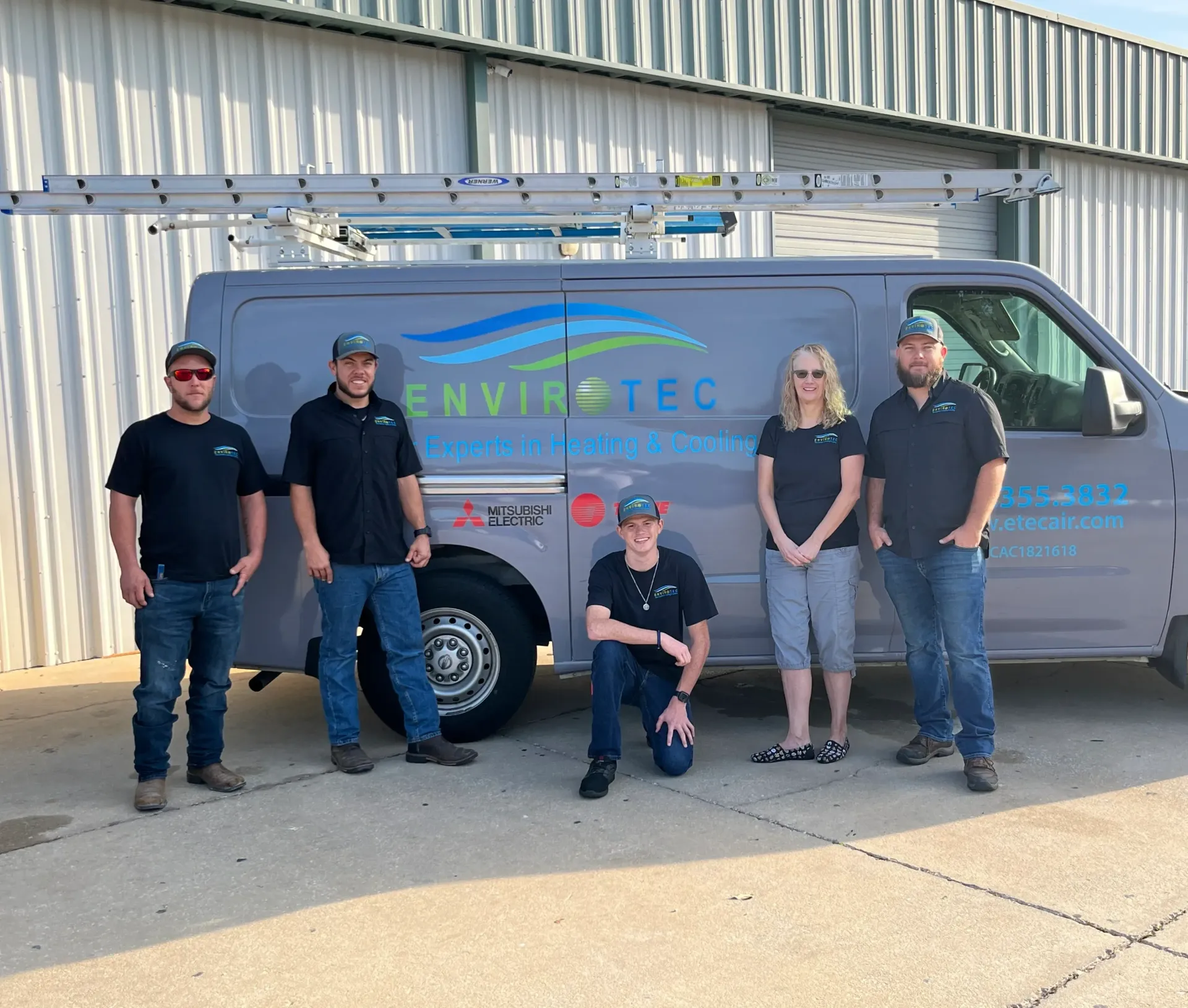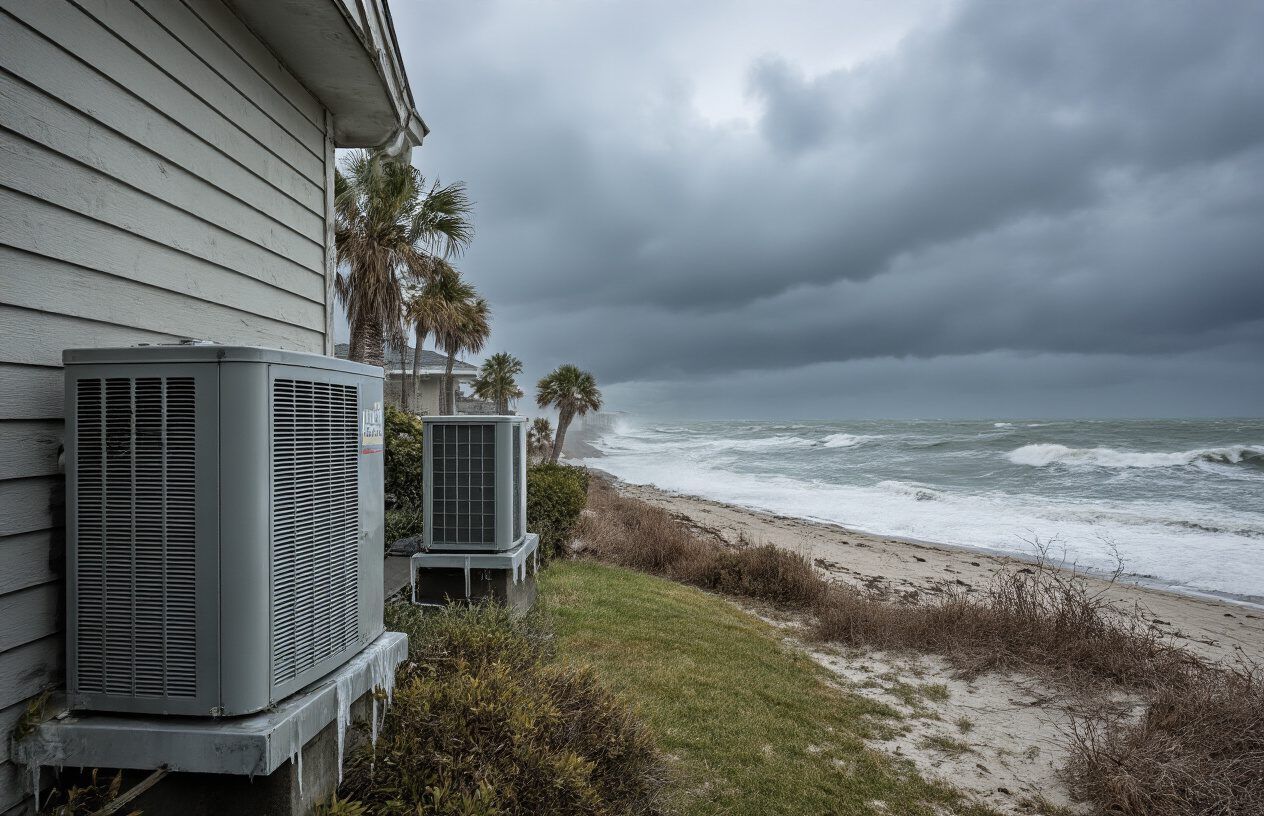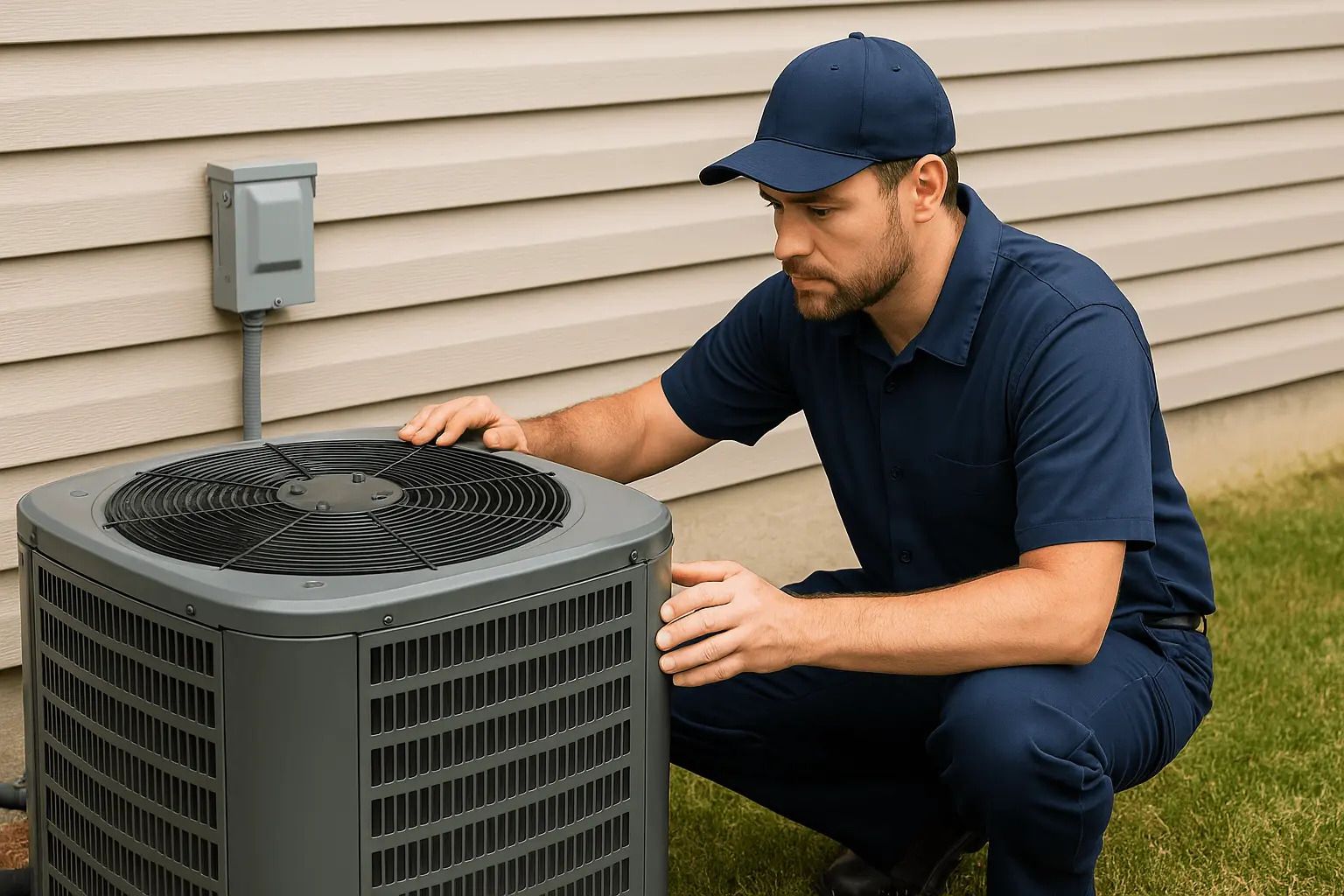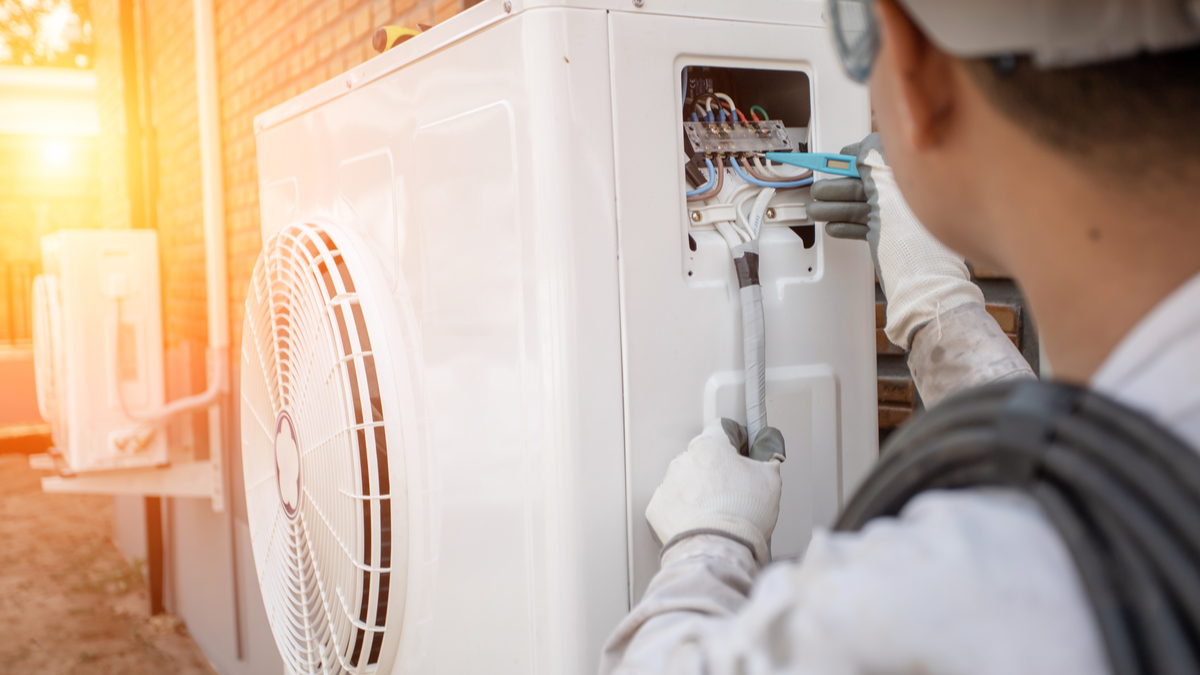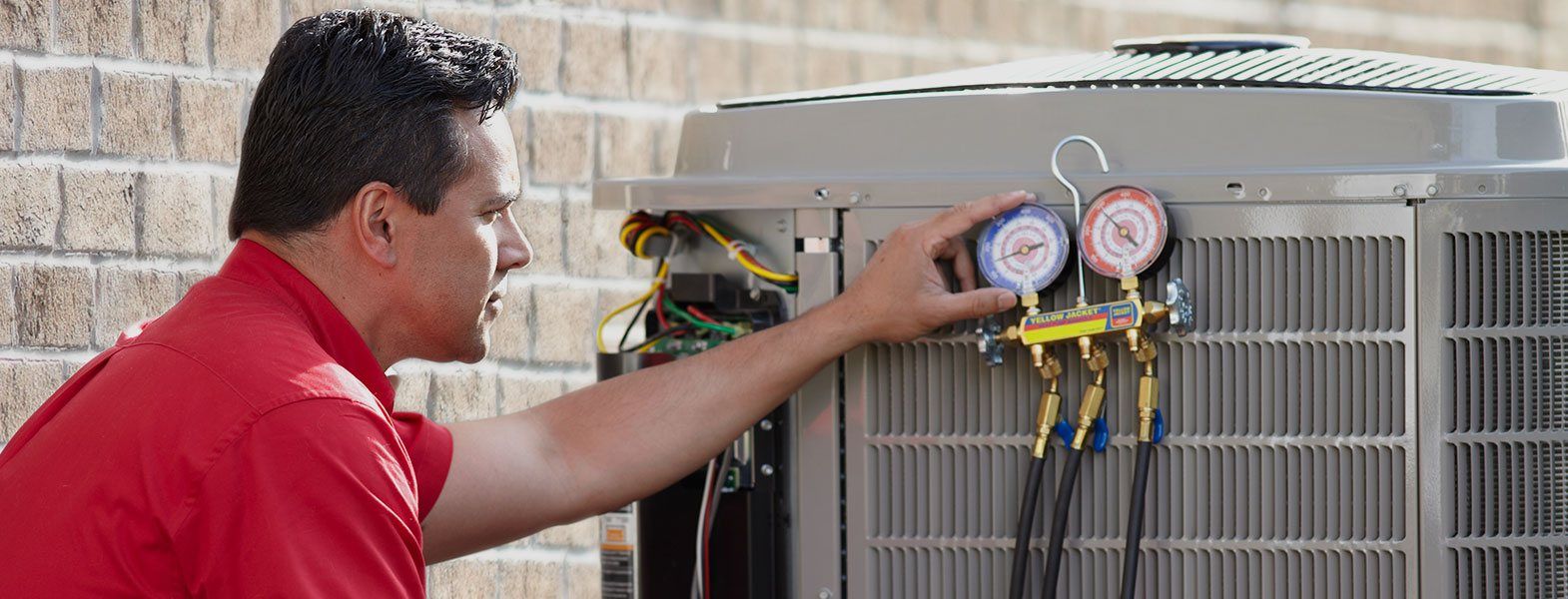Essential Tips for Cleaning and Maintaining Your Vents and Ducts
When was the last time you checked your vents and ducts? Many homeowners overlook this vital part of their HVAC system, yet it's essential for maintaining a healthy, efficient, and cost-effective home environment. Clean vents and ducts not only improve your indoor air quality but also help your HVAC system function optimally, extending its lifespan and saving you money on energy bills.
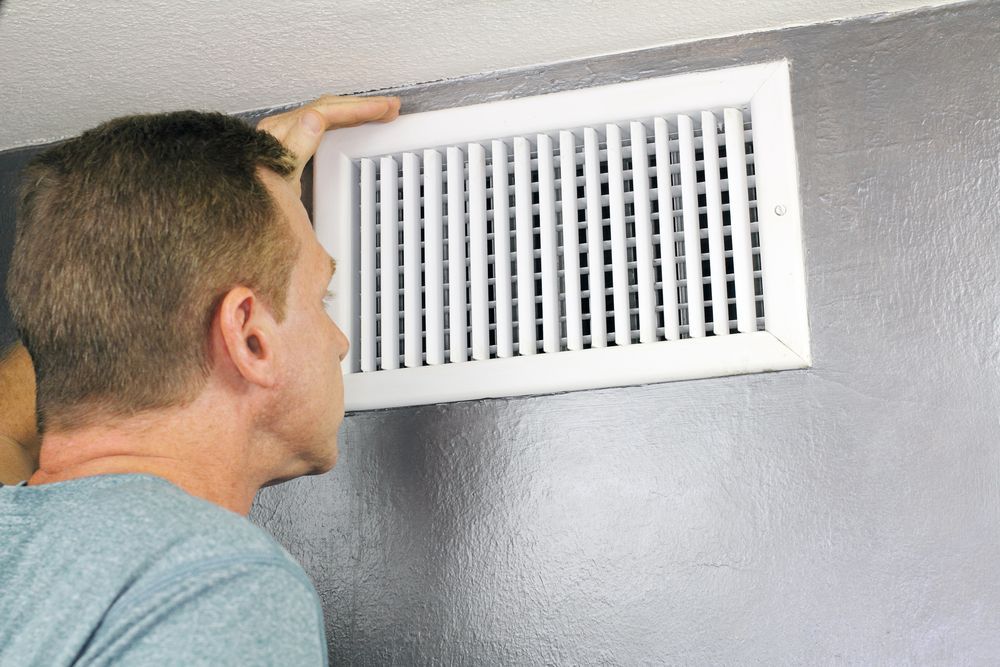
Understanding Your Ventilation and Duct System
Your ventilation and duct system acts as the lungs of your home, distributing heated or cooled air throughout your living spaces. Typically, this system includes a network of supply and return ducts, air vents, registers, filters, and the main HVAC unit. Any buildup of dust, debris, or biological contaminants within this system can compromise its performance and, by extension, your indoor comfort.
How Dirty Vents Affect Indoor Air Quality
Every time your HVAC system operates, it circulates air through these ducts. If your ducts are clogged with dust, mold, pollen, pet dander, or even rodent droppings, these contaminants get redistributed into the air you breathe. This can trigger allergies, asthma attacks, and other respiratory issues, particularly for sensitive individuals.
Why Clean Vents Improve HVAC System Performance
A clogged or dirty duct system forces your HVAC unit to work harder to push air through the buildup. This strain can lead to overheating, premature wear, and even complete system failure. Conversely, clean ducts allow for smooth airflow, making it easier for your HVAC unit to maintain the desired temperature without unnecessary stress. For a more detailed guide on HVAC maintenance, visit HVAC System Service.
Reduce Energy Bills with Clean Ducts
Energy efficiency directly correlates with clean ducts. When your HVAC system doesn’t have to labor through obstructed ducts, it consumes less energy. Lower energy usage means reduced utility bills, saving you hundreds of dollars over time.
Signs Your Vents and Ducts Need Cleaning
Several warning signs indicate your ducts may need attention:
- Unexplained respiratory issues or allergies
- Visible dust or debris around vents
- Persistent musty odors
- Frequent HVAC repairs or inefficiency
- Higher-than-normal energy bills
Should You Clean Vents Yourself or Hire a Pro?
While some homeowners may attempt DIY duct cleaning, it's not always the best route. Professional services have specialized tools like high-powered vacuums, rotary brushes, and antimicrobial treatments that thoroughly clean and sanitize your system. Professionals also inspect for hidden issues like mold, pests, or leaks.
How to Safely Clean Vents and Ducts at Home
If you decide to take the DIY route, start by:
- Turning off the HVAC system.
- Removing and washing vent covers.
- Vacuuming inside accessible ducts using a HEPA vacuum.
- Using a stiff brush to dislodge debris.
- Replacing old air filters with high-quality ones.
Essential Tools for Duct Cleaning
For effective home duct cleaning, consider these tools:
- HEPA vacuum with hose attachments
- Long flexible brushes
- Microfiber cloths for vent covers
- High-powered blower (optional)
- Screwdriver for removing vent covers
Safety Precautions During Duct Cleaning
Always wear protective gear like gloves, a mask, and safety glasses to prevent inhaling dust and allergens. Ensure proper ventilation during cleaning to avoid circulating loose particles back into the home.
Duct Cleaning to Reduce Allergens and Irritants
Regular cleaning significantly reduces airborne allergens. Pet dander, pollen, and mold spores often accumulate in ductwork. Removing these irritants can drastically improve indoor air quality, making your home more comfortable for allergy sufferers.
Special Tips for Pet Owners
Pet hair and dander are notorious for clogging HVAC systems. Pet owners should clean vents more frequently and use high-efficiency air filters. Regular grooming and keeping pets away from vents can also minimize buildup.
Preventing Mold Growth Inside Ducts
Moisture is mold's best friend. To prevent mold:
- Fix leaks promptly.
- Ensure proper insulation.
- Use a dehumidifier in humid climates.
- Schedule professional inspections to detect hidden moisture issues.
Addressing Rodents and Pests in Duct Systems
Rodents, insects, and even birds can nest in ductwork. Signs include foul odors, droppings, or strange noises. Professional pest control followed by thorough duct cleaning is usually required to resolve these infestations.
Eliminating Odors from Ducts
Lingering odors often originate from accumulated debris, mold, or pest activity. Cleaning the entire duct system, including vents and coils, is crucial. Deodorizers and antimicrobial treatments applied by professionals can also help eliminate stubborn smells.
Seasonal Maintenance for Vents and Ducts
Each season poses unique challenges for your HVAC system. Conduct a full inspection every spring and fall. Clean ducts before heavy usage seasons—summer for cooling and winter for heating.
The Role of Air Filters in Duct Cleanliness
Air filters capture airborne particles before they enter your ducts. Clean filters regularly and replace them every 1–3 months depending on usage and air quality conditions.
Choosing the Right Air Filters
Filters come in various types:
- Fiberglass filters: Affordable but least effective.
- Pleated filters: Capture smaller particles.
- HEPA filters: Best for allergy control.
- Electrostatic filters: Reusable and washable.
Choose a filter that suits your specific air quality needs.
How Often Should You Clean Your Ducts?
Most experts recommend duct cleaning every 3 to 5 years. However, you may need more frequent cleanings if:
- You own pets
- Family members have allergies
- Your home is in a dusty area
- Recent renovations generated dust
What to Expect from Professional Duct Cleaning
A professional service will:
- Inspect the entire system
- Use specialized vacuums and brushes
- Clean vents, coils, fans, and registers
- Apply antimicrobial treatments if needed
For trusted professional services, you can reach out through their Contact page.
Choosing Certified Duct Cleaning Services
Ensure your provider is certified by organizations such as NADCA (National Air Duct Cleaners Association). Certified professionals follow strict standards for safety and effectiveness.
Avoiding Duct Cleaning Scams
Be cautious of companies offering rock-bottom prices. Red flags include:
- High-pressure sales tactics
- Unverified claims of "mold contamination"
- Insistence on unnecessary services
Combining HVAC System Service with Duct Cleaning
Scheduling duct cleaning alongside regular HVAC System Service is ideal. This comprehensive maintenance approach ensures both your heating and cooling systems run efficiently year-round.
Cost of Duct Cleaning Services
On average, professional duct cleaning costs between $300 and $700, depending on home size and system complexity. Consider this a wise investment in your family’s health and HVAC longevity.
How Duct Cleaning Affects Your HVAC Warranty
Neglecting duct maintenance can void manufacturer warranties if dirty systems contribute to breakdowns. Keeping ducts clean helps preserve warranty protections.
Eco-Friendly Duct Cleaning Options
Environmentally conscious homeowners can choose green cleaning products, HEPA vacuums, and low-emission cleaning equipment for sustainable maintenance.
Vent and Duct Maintenance in New Constructions
Even new homes aren’t immune. Construction debris often gets trapped in ducts. Always schedule a post-construction cleaning to start fresh.
Special Considerations for Older Homes
Older homes may have deteriorated ductwork with asbestos, rust, or leaks. Professional inspection is crucial before cleaning to address any structural concerns safely.
Latest Innovations in Duct Cleaning Technology
Cutting-edge tools include robotic inspection cameras, negative air machines, and antimicrobial foggers. These technologies deliver deeper, safer, and more thorough cleanings.
FAQs
What is the best season to clean ducts?
Spring or fall is ideal, as it prepares your system for peak seasonal demands while avoiding extreme temperatures.
Can dirty ducts cause health problems?
Yes, contaminated ducts can worsen allergies, asthma, and respiratory illnesses by circulating airborne pollutants.
Is duct cleaning necessary for newly built homes?
Absolutely. Construction dust and debris often settle inside new ductwork.
How long does professional duct cleaning take?
A thorough cleaning typically takes 3–5 hours, depending on system size and condition.
Will cleaning my ducts lower my energy bills?
Yes, cleaner ducts improve airflow, reducing strain on your HVAC system and lowering energy consumption.
Do air purifiers replace the need for duct cleaning?
No. While air purifiers help, they don't clean existing debris within the ductwork.
Final Thoughts on Maintaining Clean Vents and Ducts
Maintaining clean vents and ducts is not just about cleanliness—it’s about safeguarding your family’s health, preserving your HVAC investment, and enjoying optimal indoor comfort year-round. Whether you tackle minor cleanings yourself or trust certified professionals, make duct care a regular part of your home maintenance plan. For expert guidance and services, contact reliable providers via their Contact page.
Links:


